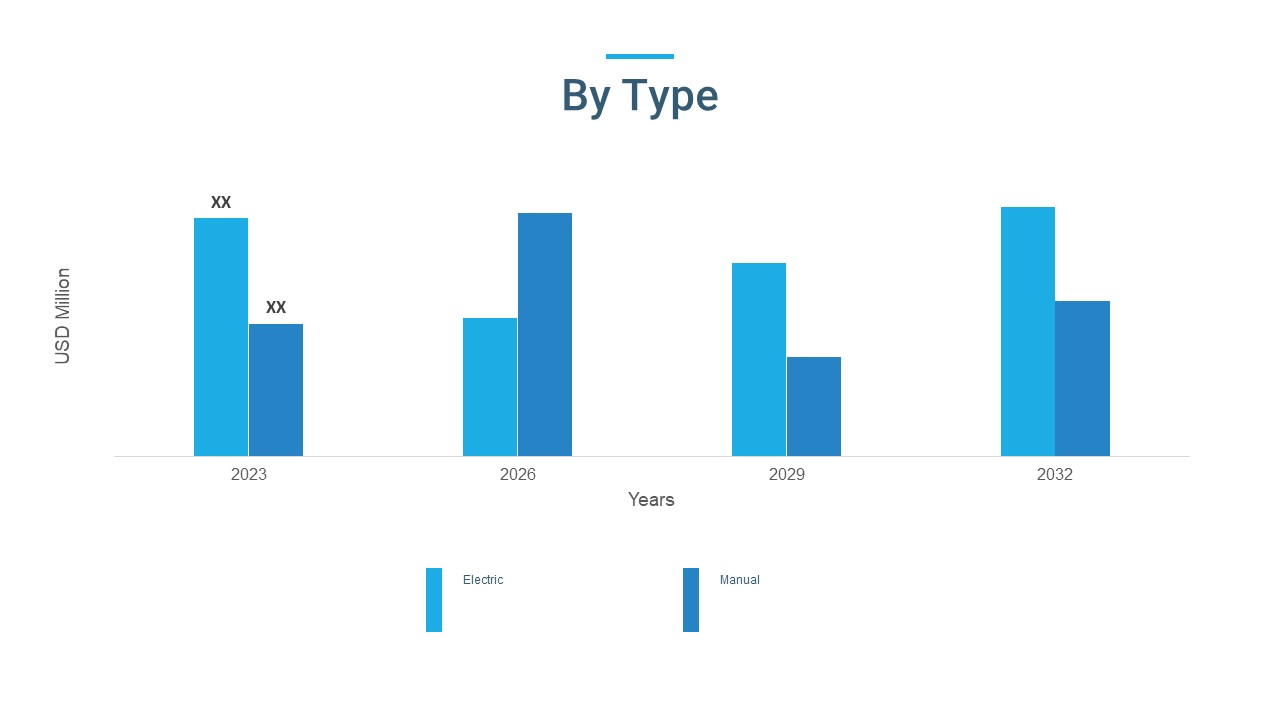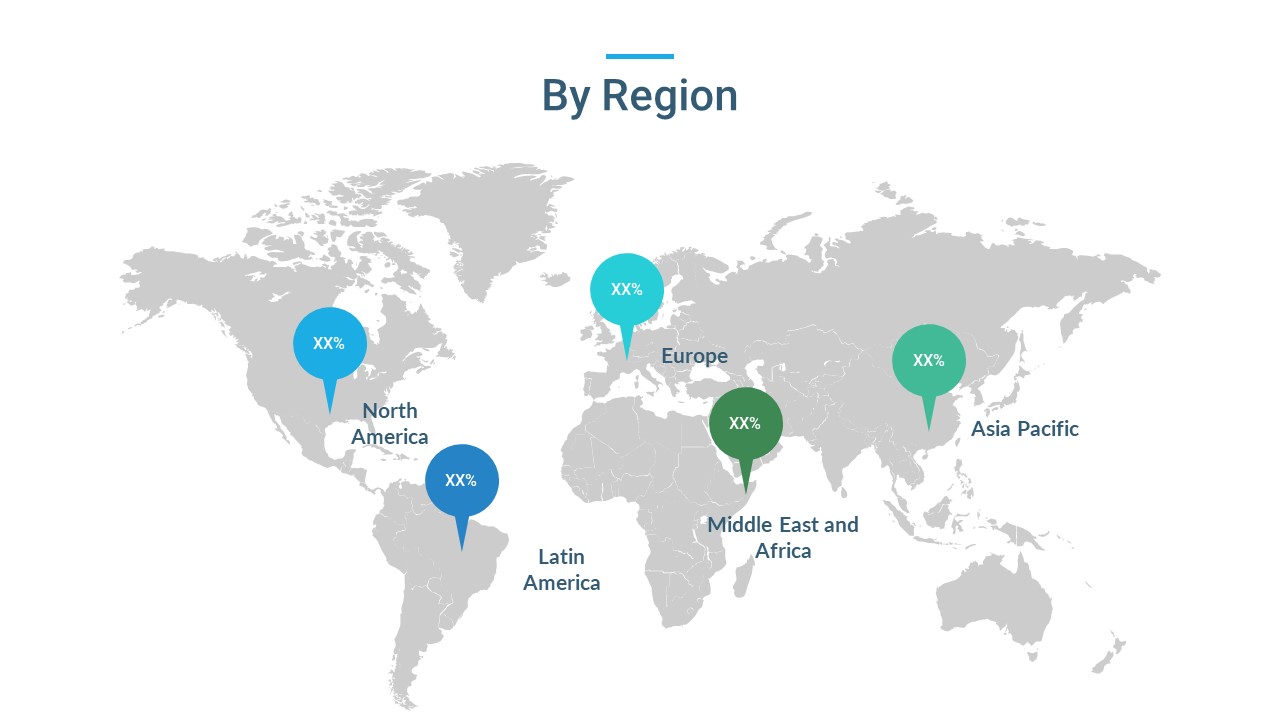
A prominent research firm, Cognizance Market Research added a cutting-edge industry report on the “Global Ergonomic Lifters Market”. The report studies the current and past growth trends and opportunities for the market to gain valuable insights during the forecast period from 2023 to 2032.
Global Ergonomic Lifters Market Analysis:
According to cognizance market research, the global ergonomic lifters market was valued at US$ 398.47 Million in 2023 and is anticipated to reach US$ 656.98 Million by the end of 2032 with a CAGR of 5.97% from 2023 to 2032.

What is the Global Ergonomic Lifters Market?
Ergonomic lifers are the technology that is widely used in industries for loading, handling, and manipulation of load from one place to another. Ergonomic lifters can lift heavy applications in different industries which is not possible by the operators. Ergonomic lifters can maximize productivity and reduce injuries during the applications.
Ergonomic lifters are specifically used in industries such as pharmaceutical, medical, semiconductors, and packaging. Every industry has different work for ergonomic lifters. To make the work with a smooth transition and avoid mistakes in the work ergonomic lifters can be a choice the consumers.
The use of ergonomic lifters depends on the type of load. The ergonomic lifters are available in two types such as electric and manual which are used in industries. Electric ergonomic lifters have the maximum capacity for the lifting of the loads.
The ongoing technological advancement in the industries such as automation offers new technologies and solutions for the industries. Ergonomic lifters have tremendous applications in industries from lifting reels and tripping drums to handling heavy crates. Ergonomic lifters can be customized according to the needs. Nowadays different ergonomic lifters are available which offer the newest ergonomic lifting technologies.
Global Ergonomic Lifters Market Outlook:
The ergonomic lifters are technologies that are used in different industries to lift, handle, and manipulate loads from one position to another. Ergonomic lifters can provide easy solutions with unsurpassed load handling.
Ergonomic lifting can offer types such as electric and manual which are used in industries for various applications. Ergonomic lifters can reduce the time during the operation and easy to transition the material and loadings throughout the procedures.
Ergonomic lifters can provide sustainability to the solutions. Ergonomic lifters with different types can be used for different applications. Ergonomic lifters can fill the void in the traditional lifters and advanced technologies. Robotics and automation can replace this void according to the consumer’s needs.
The industry may witness continued consolidation as a key player explores strategic alliances, mergers, and acquisitions to strengthen their market position, expand their product portfolios, and leverage complementary capabilities. The industry is expected to face ongoing challenges related to regulatory compliance, necessitating continuous adaptation to changing standards and requirements in different regions.
Geographically, in North America regional urbanization and a focus towards fulfilling consumer needs the growth of ergonomic lifters in the region can occur. North American region understands the importance of ergonomic lifters and the adoption of such techniques. To reduce injuries and disruption during the load of heavy applications North American region prefers ergonomic lifters to traditional lifters.
According to prospect the growth of ergonomic lifters will be more in industries by increasing automation and robotics.
Segment Analysis:
There are various types of ergonomic lifters such as electric and manual which are used in the different industries sectors. The electric ergonomic lifters help in handling the most type of goods efficiently and safely. It reduces the injuries and incidence during the loading of applications. The manual ergonomic lifters provide portable, load-positioning, and load-lifting convenience.

The ergonomic lifters can be used in different end-user industries such as pharmaceutical/medical, packaging, food, semiconductor, and others. The pharmaceutical industry is highly sensitive, allowing no production and packaging errors. The packaging and pharmaceutical production is controlled by regulatory requirements. So, placing the packaging materials in the packaging machines is a heavy task, and to avoid the risk of packaging ergonomic lifters are used in packaging and pharmaceutical industries to swiftly install materials. In food industries, the manually handling loads in food and beverages the ergonomic lifters can be used. The ergonomic lifters are used in semiconductor industries for raw material and ingot handling to die cutting, testing, and sorting of materials.

Geographical Analysis:
The North American region is the largest market for global ergonomic lifters due to rapid industrialization the focus on increase productivity and fewer disruptions enhances the growth of ergonomic lifters in the North American region. The use of electric and manual lifters with automation and robotics completes the customer’s satisfaction.
The Asia-Pacific is the growing market for global ergonomic lifters due focus of manufacturers on the safety of operators, reducing the injuries and incidence that commonly happen during the loading of heavy applications and other tools. In the European region, there are different ergonomic lifters available for industrial purposes which helps in industries and saves time and money.
Latin America experiences a growing demand for ergonomic lifters, propelled by urbanization and infrastructure, changing consumer preferences, and an expanding middle class. Middle East & Africa urbanization and rising demand for ergonomic electric and manual lifters and the adoption of ergonomic lifters increase the growth of the market.

The report offers the revenue of the Global Ergonomic Lifters Market for the period 2020-2032, considering 2020 to 2022 as a historical year, 2023 as the base year, and 2024 to 2032 as the forecast year. The report also provides the compound annual growth rate (CAGR) for the global ergonomic lifters market for the forecast period. The global ergonomic lifters market report provides insights and in-depth analysis into developments impacting enterprises and businesses on a regional and global level. The report covers the global ergonomic lifters market performance in terms of revenue contribution from several segments and comprises a detailed analysis of key drivers, trends, restraints, and opportunities prompting revenue growth of the global ergonomic lifters market.
The report has been prepared after wide-ranging secondary and primary research. Secondary research included internet sources, numerical data from government organizations, trade associations, and websites. Analysts have also employed an amalgamation of bottom-up and top-down approaches to study numerous phenomena in the global ergonomic lifters market. Secondary research involved a detailed analysis of significant players’ product portfolios. Literature reviews, press releases, annual reports, white papers, and relevant documents have been also studied to understand the Global Ergonomic Lifters Market. Primary research involved a great extent of research efforts, wherein experts carried out interviews telephonic as well as questioner-based with industry experts and opinion-makers.
The report includes an executive summary, along with a growth pattern of different segments included in the scope of the study. The Y-o-Y analysis with elaborate market insights has been provided in the report to comprehend the Y-o-Y trends in the global ergonomic lifters market. Additionally, the report focuses on altering competitive dynamics in the global market. These indices serve as valued tools for present market players as well as for companies interested in participating in the global ergonomic lifters market. The subsequent section of the global ergonomic lifters market report highlights the USPs, which include key industry events (product launch, research partnership, acquisition, etc.), technology advancements, pipeline analysis, prevalence data, and regulatory scenarios.
Global Ergonomic Lifters Market Competitive Landscape:
There are several small and major firms participating in the highly fragmented global ergonomic lifters market. The new strategies formed by companies revolve around accuracy and precision. The following are some of the major market participants:
The report explores the competitive scenario of the Global Ergonomic Lifters Market. Major players working in the Global Ergonomic Lifters Market have been named and profiled for unique commercial attributes. Company overview (company description, product portfolio, geographic presence, employee strength, Key management, etc.), financials, SWOT analysis, recent developments, and key strategies are some of the features of companies profiled in the Global Ergonomic Lifters Market report.
Segmentation:
Global Ergonomic Lifters Market, By Opening Types:
Global Ergonomic Lifters Market, By End-use Industry:
Global Ergonomic Lifters Market, by Region:
Research Methodology: Aspects
Market research is a crucial tool for organizations aiming to navigate the dynamic landscape of customer preferences, business trends, and competitive landscapes. At Cognizance Market Research, acknowledging the importance of robust research methodologies is vital to delivering actionable insights to our clientele. The significance of such methodologies lies in their capability to offer clarity in complexity, guiding strategic management with realistic evidence rather than speculation. Our clientele seek insights that excel superficial observations, reaching deep into the details of consumer behaviours, market dynamics, and evolving opportunities. These insights serve as the basis upon which businesses craft tailored approaches, optimize product offerings, and gain a competitive edge in an ever-growing marketplace.
The frequency of information updates is a cornerstone of our commitment to providing timely, relevant, and accurate insights. Cognizance Market Research adheres to a rigorous schedule of data collection, analysis, and distribution to ensure that our reports reflect the most current market realities. This proactive approach enables our clients to stay ahead of the curve, capitalize on emerging trends, and mitigate risks associated with outdated information.
Our research process is characterized by meticulous attention to detail and methodological rigor. It begins with a comprehensive understanding of client objectives, industry dynamics, and research scope. Leveraging a combination of primary and secondary research methodologies, we gather data from diverse sources including surveys, interviews, industry reports, and proprietary databases. Rigorous data analysis techniques are then employed to derive meaningful insights, identify patterns, and uncover actionable recommendations. Throughout the process, we remain vigilant in upholding the highest standards of data integrity, ensuring that our findings are robust, reliable, and actionable.
Key phases involved in in our research process are mentioned below:

Understanding Clients’ Objectives:
Extensive Discussions and Consultations:
Industry and Market Segment Analysis:
Target Audience Understanding:

Identifying Challenges and Opportunities:
Grasping Specific Goals:
Data Collection:

Primary Research Process:
Secondary Research Process:


Data Analysis:
The data analysis phase serves as a critical juncture where raw data is transformed into actionable insights that inform strategic decision-making. Through the utilization of analytical methods such as statistical analysis and qualitative techniques like thematic coding, we uncover patterns, correlations, and trends within the data. By ensuring the integrity and validity of our findings, we strive to provide clients with accurate and reliable insights that accurately reflect the realities of the market landscape.

Transformation of Raw Data:
Utilization of Analytical Methods:
Statistical Analysis:
Qualitative Analysis Techniques:
Integrity and Validity Maintenance:
Data Validation:
The final phase of our research methodology is data validation, which is essential for ensuring the reliability and credibility of our findings. Validation involves scrutinizing the collected data to identify any inconsistencies, errors, or biases that may have crept in during the research process. We employ various validation techniques, including cross-referencing data from multiple sources, conducting validity checks on survey instruments, and seeking feedback from independent experts or peer reviewers. Additionally, we leverage internal quality assurance protocols to verify the accuracy and integrity of our analysis. By subjecting our findings to rigorous validation procedures, we instill confidence in our clients that the insights they receive are robust, reliable, and trustworthy.

Importance of Data Validation:
Scrutiny of Collected Data:
Validation Techniques:
Internal Quality Assurance Protocols:
Report Scope:
Attribute
Description
Market Size
US$ 656.98Million (2032)
Compound Annual Growth Rate (CAGR)
5.97%
Base Year
2023
Forecast Period
2024-2032
Forecast Units
Value (US$ Million)
Report Coverage
Revenue Forecast, Competitive Landscape, Growth Factors, and Trends
Geographies Covered
North America, Europe, Asia Pacific, Latin America, Middle East & Africa
Countries Covered
U.S., Canada, Germany, U.K., France, Spain, Italy, Rest of Europe, Japan, China, India, Australia & New Zealand, South Korea, Rest of Asia Pacific, Brazil, Mexico, Rest of Latin America, GCC, South Africa, Rest of Middle East & Africa
Key Companies Profiled
Toyota Materials Handling, Kion Group, Crown Equipment Corporation, Hyster-Yale Materials Handling Inc, Mitsubishi Logisnext Co. Ltd, Clark Material Handling Company, Doosan Corporation, Comblift Ltd, UniCarriers Corporation, Raymond Corporation, Manitou Group, Still GmbH, Flexi Narrow Aisle Ltd.
It was Valued at US$ 398.47 million in 2023.
It is projected to reach more than US$ 656.98 Million by 2032.
It is anticipated to be 5.97% from 2024 to 2032.
Trend: The increasing trend towards ergonomic lifters with automation and robotics.
Driver: the ergonomic lifer’s properties such as increasing productivity, reducing disruptions, saving time and money increasing the growth of ergonomic lifers in the industries.
Opportunities: The advanced technologies with electric and manual ergonomic lifters.
Challenges: The competition in the traditional lifters in the industries which advance switches towards the ergonomic lifters.
Toyota Material Handling, Kion Group, Crown Equipment Corporation, Hyster-yale Materials Handling, Inc., Mitsubishi Logisnext Co. Ltd., Clark Material Handling Company, Doosan Corporation, Comblift Ltd, UniCarriers Corporation, Raymond Corporation, Manitou Group, Still GmbH, Flexi Narrow Aisle Ltd.
We can customize every report – free of charge – including purchasing stand-alone sections or country-level reports
We help clients to procure the report or sections of the report at their budgeted price. Kindly click on the below to avail

Cognizance market research is continuously guiding customers around the globe towards strategies for transformational growth. Today, businesses have to innovate more than ever before, not just to survive, but to succeed in the future

© 2023 All rights Reserved. Cognizance Market Research